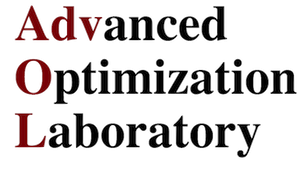| Speaker: | Dr. Támas Koltai |
| Department of Industrial Management and Business Economics | |
| Budapest University of Technology and Economics |
Title: A New Formulation of Capacity Constraints in the Production Planning of Flexible Manufacturing Systems
Manufacturing systems produce parts to meet demand, either forecast and/or actual. When developing a production plan, an initial question is whether there is enough capacity from the system for the different operations demanded by the production requirements. Production planning for the equipment that performs different operations in conventional manufacturing systems is more straightforward than in flexible manufacturing systems. A system with multi-purpose computer numerical control (CNC) machines provides additional opportunities to increase system utilization through the machine flexibility, since each machine can be used for a variety of operations. In this case, it is useful to know if there is enough capacity of a variety of functional types to perform all of the technologically different operations. If there is enough capacity of different types, then next, the alternative uses of the machines for the different operations need to be analyzed.
The paper provides a new method for the formulation of capacity constraints in a flexible manufacturing environment. Instead of the capacity of the machines, the capacity of the different manufacturing capabilities is expressed. This way, a machine-independent measure of the capacity of the system to perform certain tasks is gained. The new approach is based on the concept of operation types. The operation type is an aggregated set of all of those manufacturing operations that require the same type of machines. Applying the concept of operation types, the variety of the alternative uses of the production capacity can be reduced and a systematic evaluation of capacity utilization is possible.
The suggested method is illustrated with the help of a real case example. The traditional machine-based, and the suggested operation type-based, formulation of a production-planning model is provided, and the differences in the results of the two approaches are compared. The improved information from the operation type-based approach is illustrated in some operations management decision situations, and the importance of the sensitivity information results are explained.


